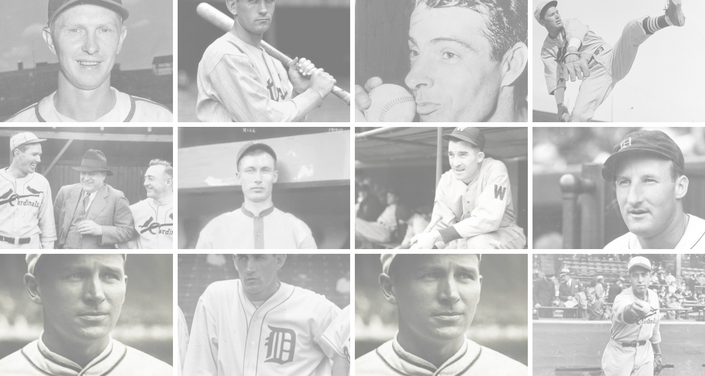Roberto Clemente celebrates opening day with a 410-footer followed by a 445-footer. Unfortunately, this is Forbes Field, so neither of the long drives leaves the park. According to the Uniontown Evening Standard: “Clemente starched the ball all four times he was at the plate… In the 2nd inning Clemente lined a shot off the wall at the 406 mark. In the 5th he lashed a drive to the deepest part of centerfield …” The latter shot is characterized by Pirates beat writer Les Biederman as “one of the longest outs possible at Forbes Field. He chased Vada Pinson to the batting cage in deep center with three on for his 445-foot fly ball that turned into a sacrifice fly.”
Roberto Clemente celebrates opening day with a 410-footer followed by a 445-footer. Unfortunately, this is Forbes Field, so neither of the long drives leaves the park. According to the Uniontown Evening Standard: “Clemente starched the ball all four times he was at the plate… In the 2nd inning Clemente lined a shot off the wall at the 406 mark. In the 5th he lashed a drive to the deepest part of centerfield …” The latter shot is characterized by Pirates beat writer Les Biederman as “one of the longest outs possible at Forbes Field. He chased Vada Pinson to the batting cage in deep center with three on for his 445-foot fly ball that turned into a sacrifice fly.”







